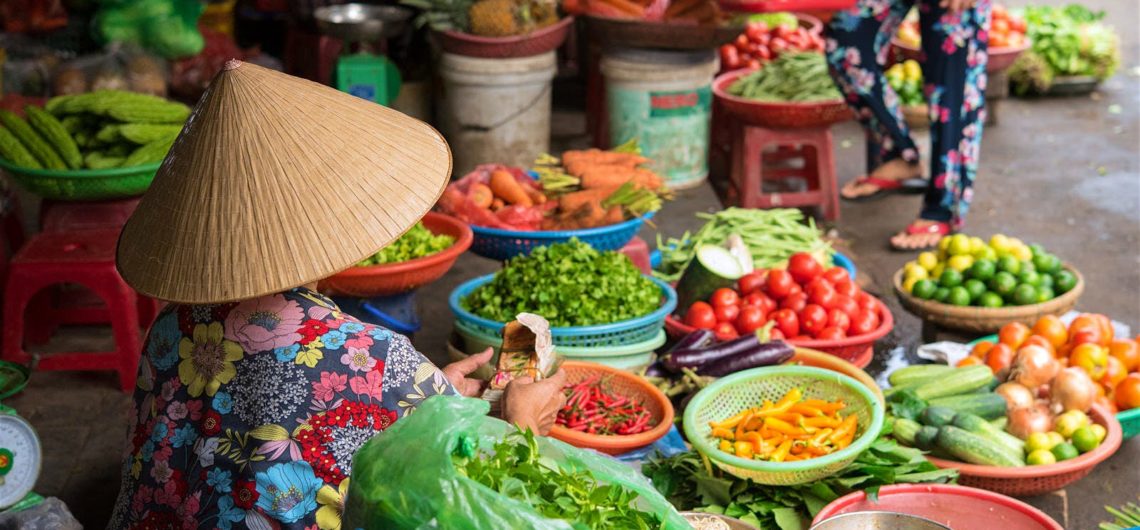Vietnam is rapidly developing but still holds its charming traditions and culture, making it a fascinating holiday destination. History has left its mark on Vietnam by way of Chinese, French, and American influence.
When To Go
The most popular times to go are November through June, however, Vietnam can be considered a year-round destination. The dry season lasts from November to April and the wet season is from May to October.
Before You Go
You are going to need a visa for entry into Vietnam. We’ve made getting a visa easy by partnering with Visa Central to manage the application. It is a very simple process, just ensure your US passport has at least six months of validity remaining after your US departure date.
Getting There
With plenty of options for entertainment, food, and refreshments on board, your long flight will fly by enjoyably. Because of our long history and a great reputation within the industry, we were able to negotiate some great fares with some excellent airlines: United, Delta, and Cathay Pacific. We suggest a break in the journey with a few nights in Hong Kong either on the way or heading back home.
Once You Are There
Vietnam’s only time zone is twelve hours ahead of our Eastern Standard Time. Arrange an international data plan with your cell phone carrier as smartphones will work. You can purchase Vietnamese Dong from your local bank before you leave, or change when you arrive at your hotel or local banks. Be prepared to try many delicious foods, and meet many friendly locals.
Where Should You Visit
Northern Vietnam boasts some of the country’s most spectacular scenery with soaring mountains, forested limestone karsts, and cascading rice terraces. The capital city, Hanoi, bears the traces of centuries of change in its wide Parisian boulevards and colorful Chinese temples. The seascape of Halong Bay is a magical sight; breathtaking rock pinnacles rise dramatically from the sea and floating villages sit languidly in the bay. The Mekong Delta is blessed with lush fertile land where villagers in traditional conical hats work in vibrant green rice paddies while traditional boats with dragon eyes ply the murky waters. Ho Chi Minh City’s wartime past is displayed at the Cu Chi Tunnels and War Remnants Museum, but this vast metropolis is also full of modern bars, shops, and restaurants.
An Insider’s Tip to Vietnam
Walking shoes for exploring Vietnam’s numerous natural wonders and attractions is a must regardless of the weather. Warm clothes for the north and mountainous areas throughout the country are also highly recommended, especially in the cooler months. Light clothes for the beaches and lowland areas of the south and a jacket for air-conditioned transfers is recommended.
